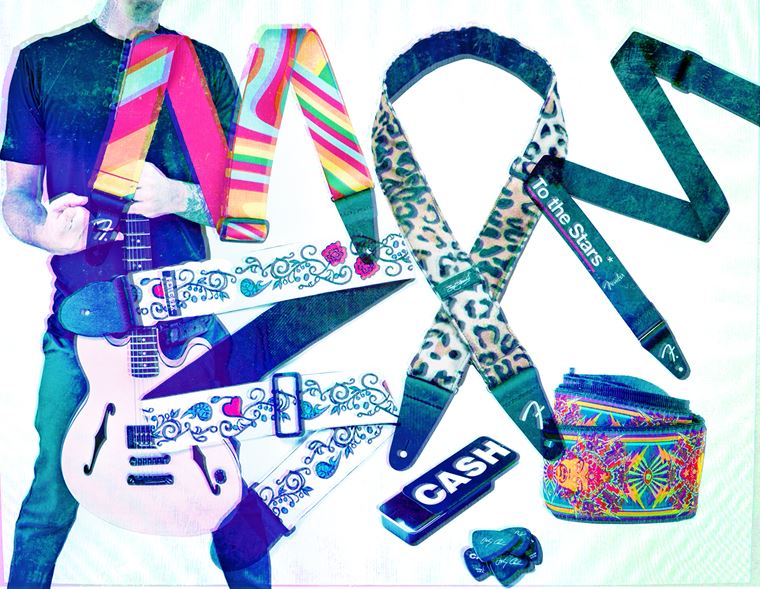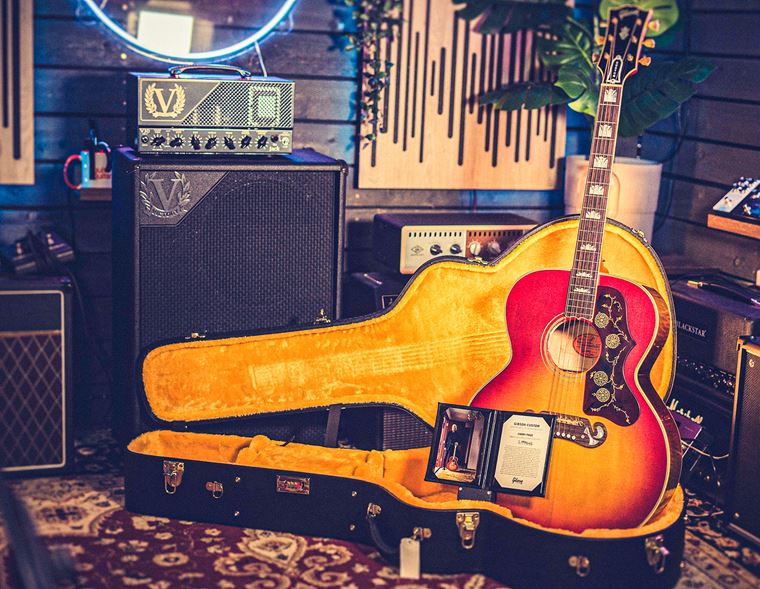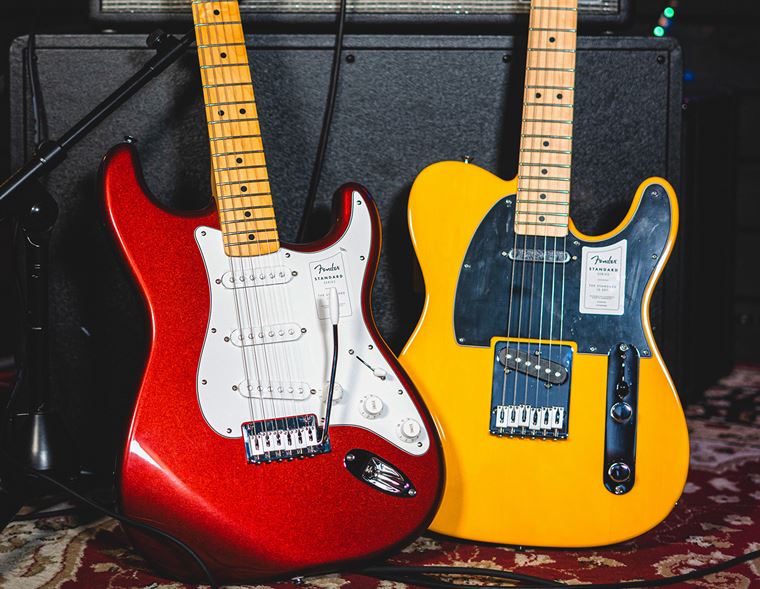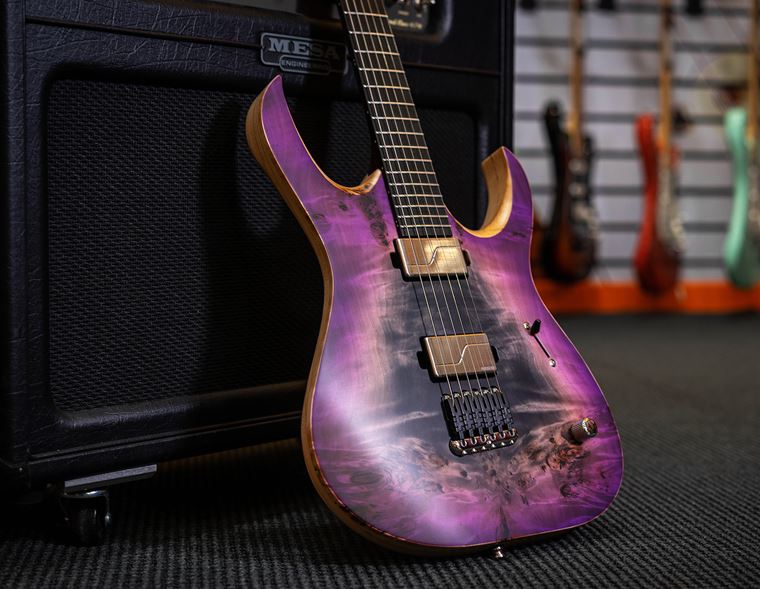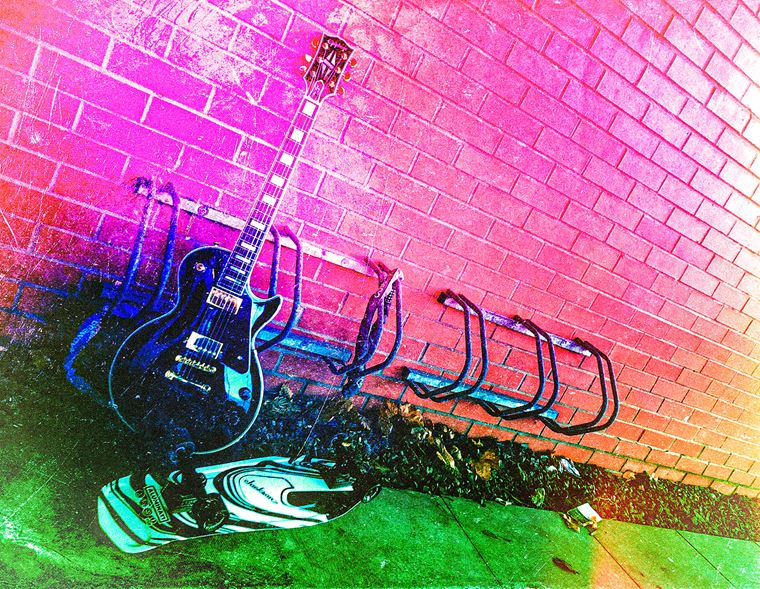Gibson Les Paul Modern Studio: What is it?
Published on 07 February 2024
Have you seen the new Gibson Les Paul Modern Studio?
Gibson fans like their Les Pauls to be quite traditional.
Up to a point. In reality, it seems that Gibson fans - and Les Paul fans in particular - want their guitars to look traditional, feel like classic guitars, but still occasionally offer a little extra. It’s natural these days, given how many advances have been made in guitar electronics since the fifties.
That said, what Gibson fans have been clear about is that the brand have, in (painfully) recent memory, gone too far into new areas. Their boldness in certain new designs did not find a wide audience to say the least: terms like ‘Dusk Tiger’ and ‘Firebird X’ still bring shivers and thousand-yard stares from staff members to this day.
Gibson are already sitting on a pile of the best designed guitars in the world, so making the most of those classics is where we are today. Lots of players do want that vintage vibe, but many are happy to have one or two subtle concessions to the modern age included.
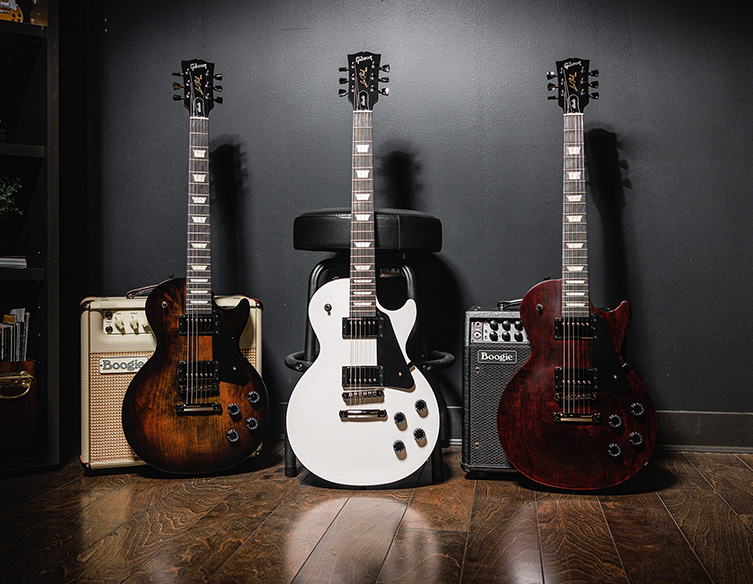
Contents
The New Gibson Les Paul Modern Studio
Bound Fingerboard and Compound Radius
The Les Paul Studio
This is where the Les Paul Studio comes into play. Originally released in the early 1980s, the Gibson Les Paul Studio was a stripped back Les Paul guitar that offered better value to guitarists looking to buy an American Les Paul but unable or unwilling to commit to the high cost of a Les Paul Standard.
The Les Paul Studio retains the (full thickness) body, the curves, the neck and - significantly - the sound of a ‘full fat’ Les Paul, as it were, but did away with the figured maple top and the binding on the top edge of the body. It was a Les Paul for sure - just as one would expect - but just somewhat less decorative.
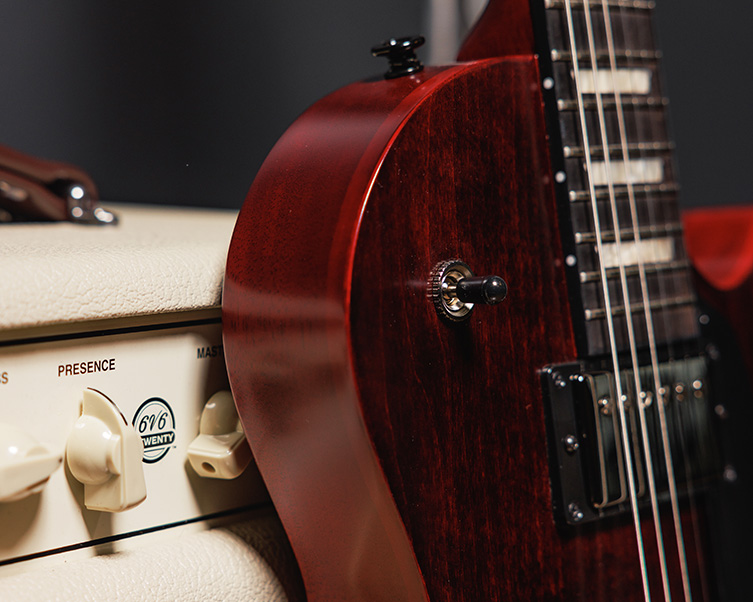
The more low-key look (relatively speaking, since there was still gold hardware involved and trapezoid inlays) actually found an audience in the hard rockers, metallers and goths of the 80s and 90s. These players enjoyed the darker, more moody look, whilst still receiving all of the benefits of a Les Paul in terms of looks, feel and sound.
Since then, the Les Paul Studio has become something of a classic, and an important part of the Gibson guitar catalogue.
The New Gibson Les Paul Modern Studio
Todays’ Les Paul Modern Studio is a brand new refresh of this well-loved model. As you may know already, Gibson tend to split their output into two collections: the Original Collection and the Modern Collection. There’s also an Artist Series, but they are understandably a set of rules unto themselves, so I'll put those aside for today!
The Original Collection houses the instruments that take a more direct influence from history: your 50s and 60s Les Paul Standards belong in here, along with guitars like the ‘61 SG and so on. These guitars are built with an eye towards tradition, utilising full-weight bodies and so on.
The Modern Collection, on the other hand, allows for more wiggle-room in the design department. Most of the changes are actually ‘under the hood’ though: weight relief in the bodies (small cavities created within the mahogany bodies prior to the tops being fixed on), more contemporary specs for the neck measurements and sometimes hotter pickups are all typical examples.

So, today’s blog is a little walkthrough of the newly released Les Paul Studio Modern, so let’s check out the main specs that separate this one from other Les Paul models:
- Ultra-modern weight relief in the body
- Plain maple cap on body
- Bound ebony fingerboard with compound radius
- Modern contoured neck heel
- Black nickel hardware (not black, just darker looking nickel!)
- Coil tapping
- Phase switch
- Pure bypass switch
- Slim taper neck
- 498T & 490R pickups
- Soft case
So, those are the main points, but if you’re unclear on some of those, keep reading!
Weight Relief
Gibson have been offering weight relief for years now. In the past, there was a little bit of grumbling from the old guard about how this would sap some of the tone, and to be honest, some people do still perceive that. Personally, I’ve owned both full-weight and weight-relieved Les Pauls, and in my opinion there are other elements that play a far larger role in tone-shaping than the ‘tone chambers’ that some guitars have.
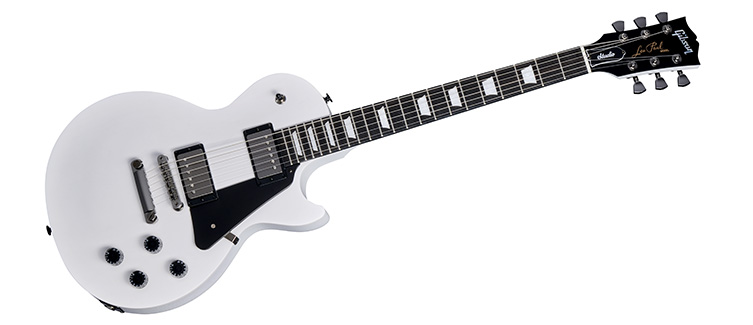
What’s not in debate is how much lighter these guitars are on your back and shoulder! If you need to consider this aspect for any reason, then don’t be abashed about choosing weight-relief: it’s just sensible. The guitars still sound great!
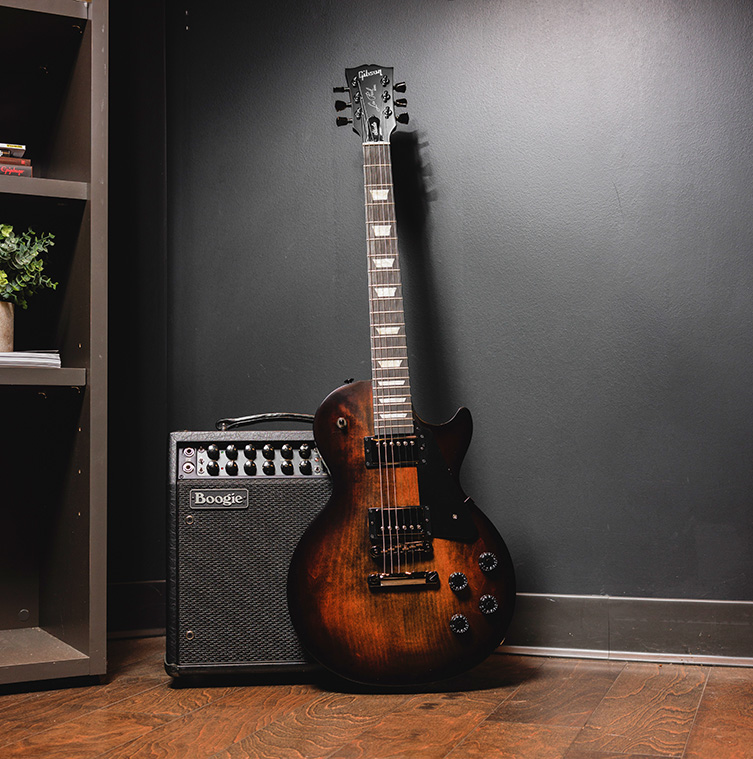
Bound Fingerboard and Compound Radius
Early Les Paul Studios dispensed with binding altogether, and though the Les Paul Studio Modern has no body binding, Gibson have chosen to keep it on the fingerboard. Curiously, they’ve gone for black binding for each of the three finishes, so it’s actually a pretty subtle addition.
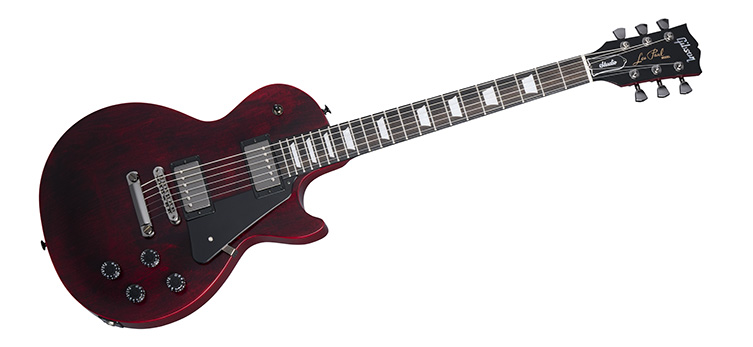
The fingerboards on Gibson guitars are usually 12”, which means they are noticeably flatter than, say, Fender’s modern spec of 9.5” and significantly more than the vintage Fender measurement of 7.25”. Flatter fingerboards are better for playing leads, and curved fingerboards are more comfy for open position chords. So, a compound radius like this guitar has, makes the best of both worlds by having a more curved radius at the lower frets, and it flattens out towards the higher frets. It’s a common thing on guitars like Charvels and Jacksons, but kind of a new-ish step for Gibson.
Modern Contoured Heel
One complaint about historic Les Pauls from soloists is that the heel makes upper fret travels difficult and fiddly. Gibson have answered this in the past with the Axcess heel joint, but this new Studio Modern guitar has its own new heel shape. It’s definitely sleeker to hold, so you’ll no longer have any issues in the nosebleed territory of the fingerboard!
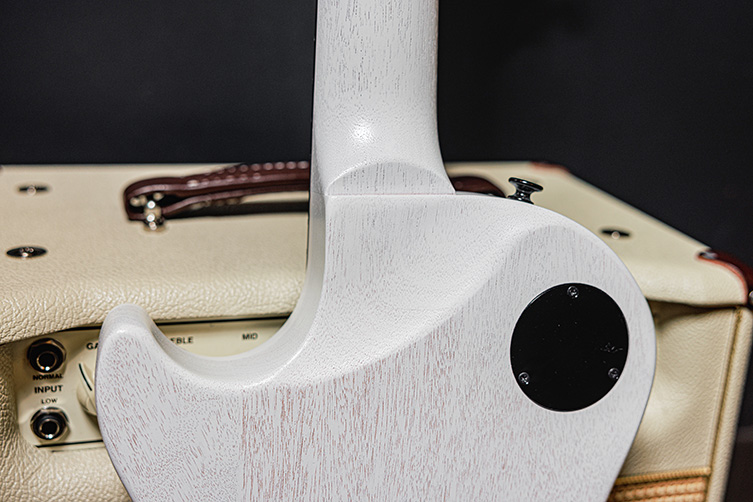
Switches and Pickups
One interesting tradition that has generally (though not always) occurred with Les Paul Studios is the inclusion of 498T and 490R humbuckers. Les Paul fans will know these as the very same units generally used on top dollar Les Paul Custom models!
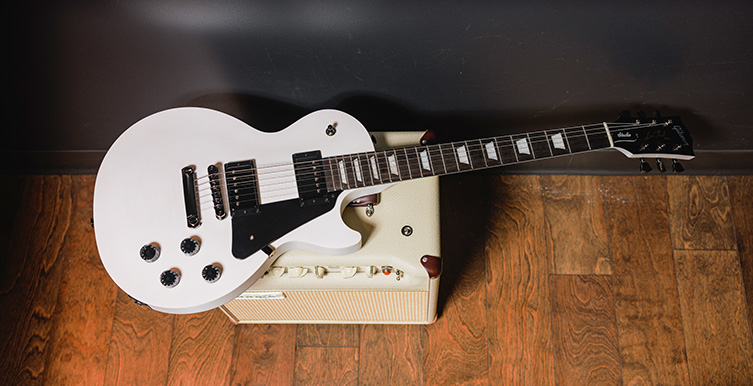
Consider this: at considerably less than half the price, you can still get a ‘proper’ USA Les Paul with the same pickups as the Custom! It’s not a bad deal when you think of it that way!
There is also some special switching on board, and these are incorporated into the control knobs so that the look of the Les Paul is not compromised by lots of additional controls. You get coil taps to thin out those powerful humbuckers into a more single coil-style sound; you have phase switching for those nasal ‘Blues Invasion’ tunes. You also get a Pure Bypass function for sending the signal straight to the output jack, bypassing the volume and tone capacitors. This tends to offer up a hotter and brighter sound.
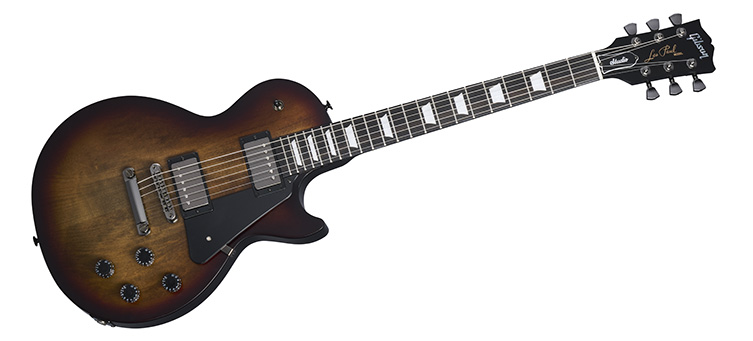
A Les Paul for Today
So, those are the main features of this new Les Paul. What do you reckon? These are clearly not for the player who covets a ‘tiger top’ LP Standard, but for the contemporary player who wants subtle features and a sleek, mean take on the classic Les Paul design, it’s pretty perfect. You can have Worn White, Wine Red Satin or Smokehouse Satin. Which one will you pick?
Click to View the Gibson Les Paul Modern Studio




